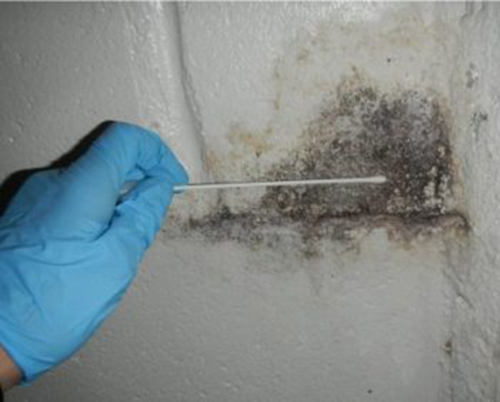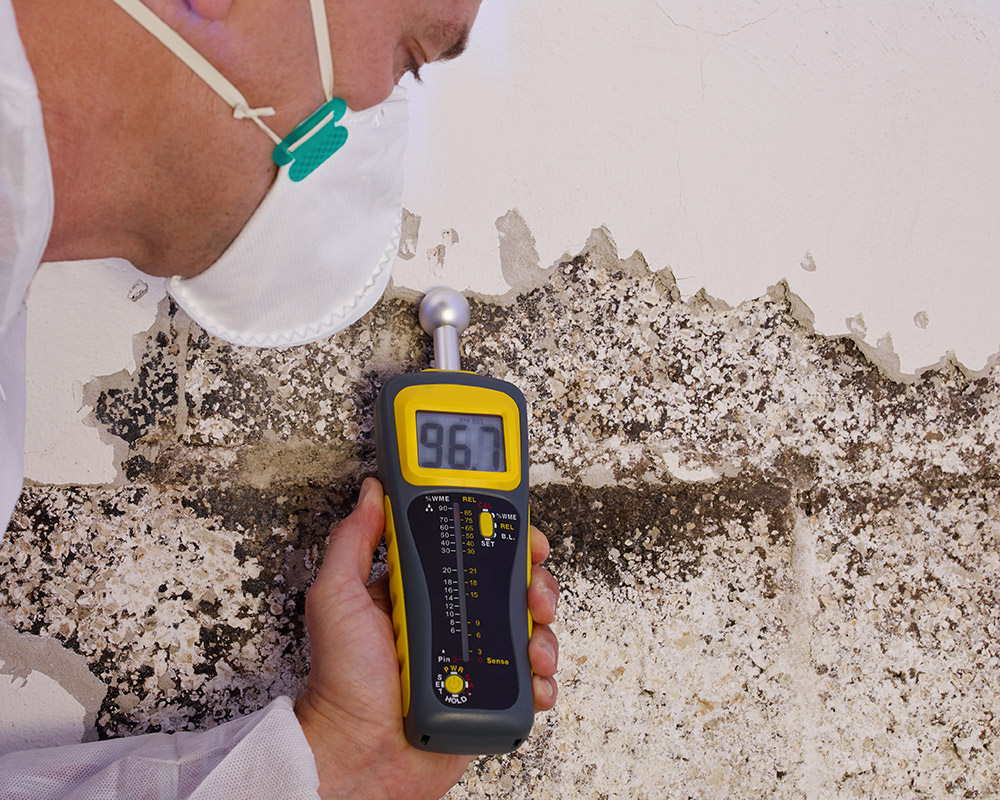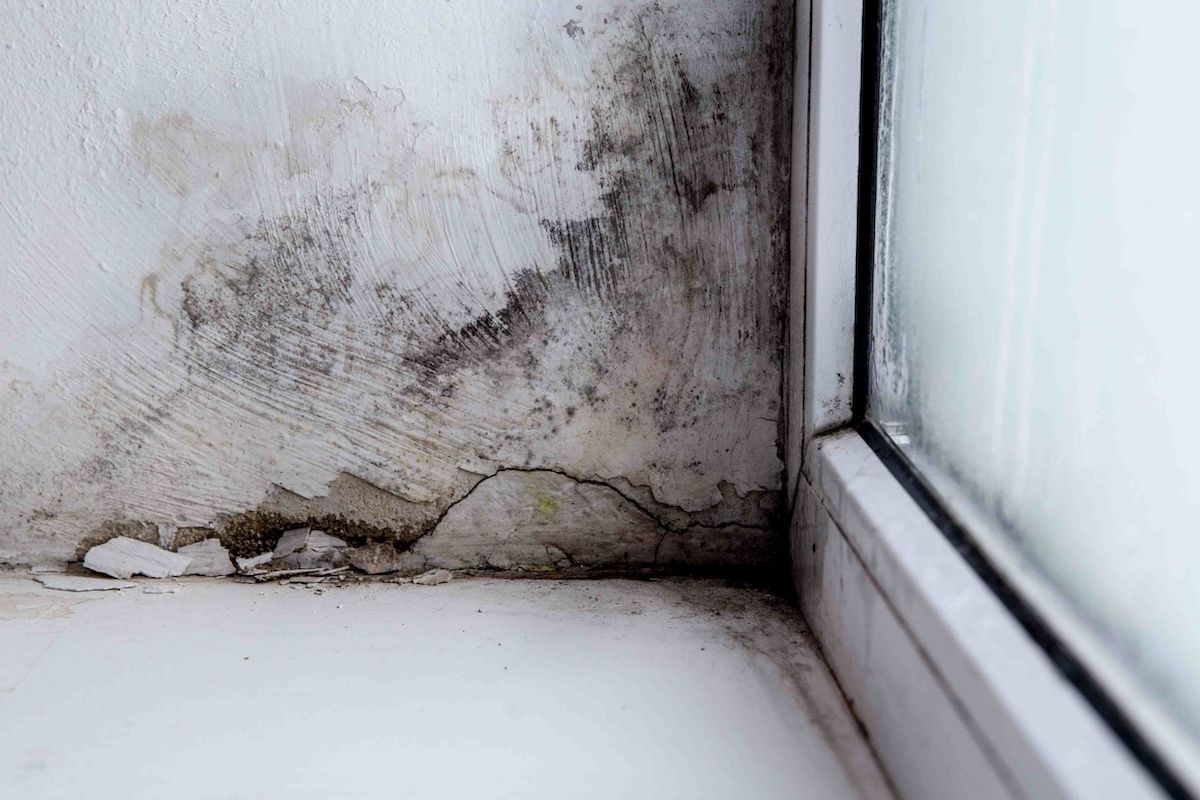Essential Actions After Mold Remediation
Wiki Article
Your Ultimate Overview to Post Mold Removal Techniques
Browsing the world of post-mold removal strategies is a careful procedure that requires interest to information and an extensive understanding of the ins and outs entailed. In the aftermath of mold infestation, recognizing exactly how to effectively eradicate the mold and mildew and prevent its reoccurrence is paramount for maintaining a healthy and balanced interior environment. From choosing the ideal cleansing and sanitizing methods to carrying out methods for lasting mold and mildew prevention, each action in the remediation journey plays a crucial role in making sure a successful result. As we start this exploration of post-mold removal methods, we will certainly discover the vital strategies and best techniques that can help you recover your space to its pre-mold problem and protect it versus future mold and mildew threats.Understanding Post-Mold Removal Process
After completing the mold and mildew remediation process, it is important to comprehend the post-mold removal techniques that are required to guarantee a effective and comprehensive clean-up. Once the mold has been eliminated, the next step entails cleaning and sanitizing the impacted locations to avoid any kind of regrowth of mold. This includes making use of specialized cleaning agents to wipe down surfaces and eliminate any type of remaining mold and mildew spores. It is important to dry the area entirely to inhibit the development of mold and mildew in the future (After mold remediation). Appropriate ventilation and dehumidification can help in this procedure.
Additionally, carrying out a last examination post-remediation is vital to guarantee that all mold has been effectively removed. If the assessment exposes any type of sticking around mold and mildew, added removal may be needed.
Reliable Cleansing and Decontaminating Approaches

Preventing Future Mold Growth

Value of Appropriate Ventilation
Appropriate ventilation plays a critical function in avoiding wetness build-up, an essential consider mold and mildew growth within indoor settings. Effective ventilation systems help get rid of excess moisture from the air, decreasing the opportunities of mold and mildew spores locating the dampness they require to spread and sprout. Without adequate air flow, interior areas can become a reproduction ground for mold, leading to prospective health dangers and structural damages.By making sure appropriate air blood circulation, ventilation systems can additionally help in drying out damp locations quicker after water damages or flooding cases, better preventing mold and mildew growth. Post Mold Remediation Report. In rooms like restrooms, cooking areas, attics, and cellars where moisture levels have a tendency to be greater, mounting and preserving reliable air flow systems is essential in protecting against mold and mildew invasions

Monitoring and Upkeep Tips
Given the essential duty that appropriate ventilation plays in avoiding mold development, it is crucial to establish efficient tracking and maintenance pointers to make sure the continued capability of ventilation systems. Normal assessments of ventilation systems need to be performed to inspect for any type of signs of clogs, Find Out More leaks, or breakdowns that might hinder correct air flow. Monitoring moisture levels within the property is likewise essential, as high moisture can add to mold and mildew growth. Installing a hygrometer can assist track humidity degrees and sharp homeowners to any spikes that might require focus. Furthermore, ensuring that air filters are regularly cleaned or changed is vital for maintaining the effectiveness of the ventilation system. Implementing a routine for regular upkeep tasks, such as air duct cleansing and cooling and heating system evaluations, can aid avoid concerns prior to they escalate. By staying aggressive and mindful to the condition of air flow systems, home proprietors can efficiently alleviate the threat of mold regrowth and preserve a healthy and balanced interior setting.
Conclusion
In final thought, post-mold remediation methods are necessary for ensuring a tidy and secure atmosphere. Comprehending the process, implementing reliable cleansing and sanitizing methods, avoiding future mold and mildew development, preserving proper air flow, and routine monitoring are all crucial actions in the removal procedure. By following these standards, you can effectively eliminate mold and mildew and prevent its return, working or promoting a healthy living room for all passengers.directory In the consequences of mold invasion, understanding how to efficiently get rid of the mold and prevent its reoccurrence is vital for maintaining a healthy and balanced indoor setting. When the mold and mildew has been gotten rid of, the next action includes cleansing and sanitizing the influenced areas to stop any regrowth of mold and mildew - what to do after mold remediation. After eliminating noticeable mold and mildew growth, it is critical to clean up all surface areas in the damaged location to eliminate any type of remaining mold spores. To even more boost mold and mildew avoidance steps, it is crucial to address underlying concerns that originally led to mold development.Given the critical duty that appropriate air flow plays in stopping mold and mildew development, it is necessary to develop effective surveillance and maintenance suggestions to make sure the ongoing capability of air flow systems
Report this wiki page